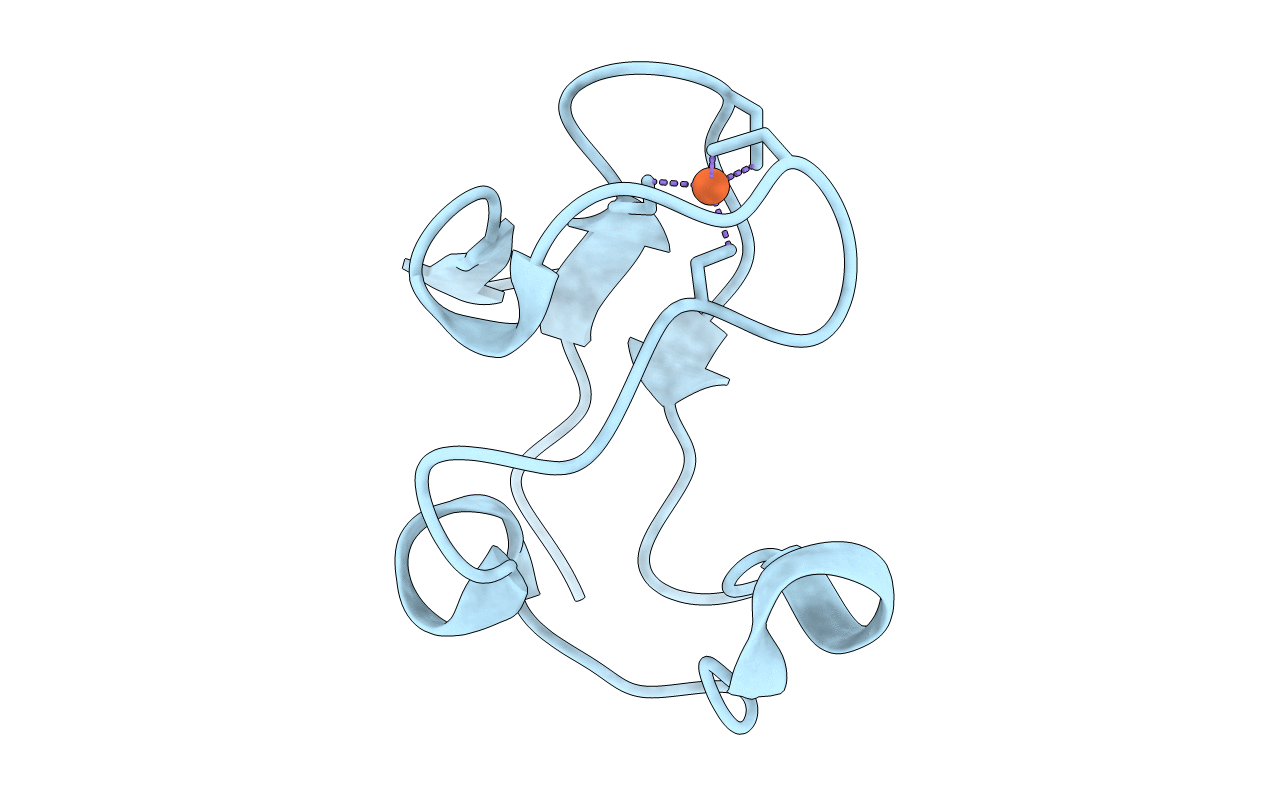
Deposition Date
2006-07-07
Release Date
2006-10-10
Last Version Date
2024-03-13
Entry Detail
PDB ID:
2DSX
Keywords:
Title:
Crystal structure of rubredoxin from Desulfovibrio gigas to ultra-high 0.68 A resolution
Biological Source:
Source Organism:
Desulfovibrio gigas (Taxon ID: 879)
Method Details:
Experimental Method:
Resolution:
0.68 Å
R-Value Free:
0.11
R-Value Work:
0.09
R-Value Observed:
0.09
Space Group:
P 1 21 1


